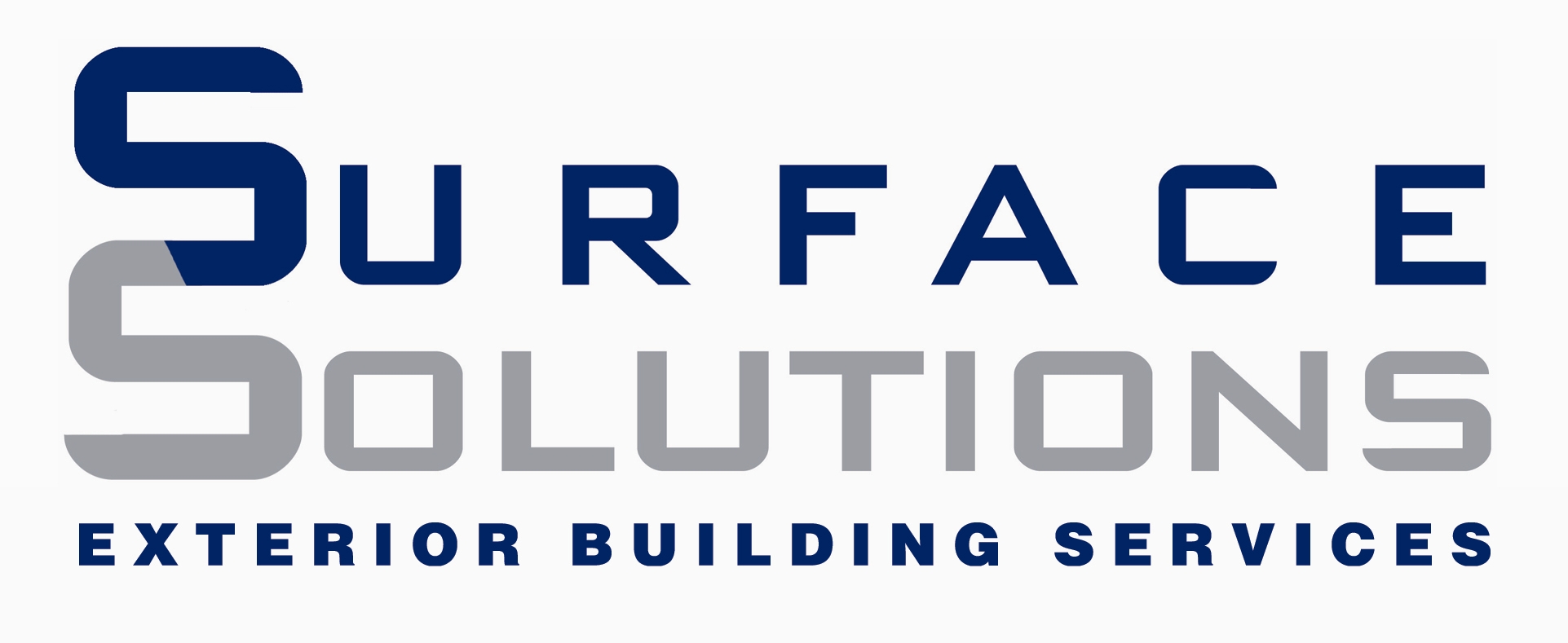Have Confidence in a Contractor who writes Safety Standards!
Property Managers often rely on their service providers to handle all safety issues, but don’t really know if their vendors are experts at Safety. Rest Assured! We can help you better understand the best practices and requirements for a safe work environment. Learn a little more with the following links, or get in touch and we will help you out.
Industrial Rope Access
Learn more about the differences between Industrial Rope Access and the simpler Rope Descent System and why Industrial Rope Access should be the preferred method of accessing high-rise buildings.
Powered Platforms
Many people wrongly assume that a suspended platform is safer than rope. Platforms offer a safe option, when all of the right conditions exist. However, that is not often the case.
Aerial Lifts
Boom Lifts and Scissor Lifts can be a great method of access when used properly and by trained operators. However, they do have a number of limitations.
Ladders
The most common accidents in our industry involve ladders! Part of the problem is they are so common, seemingly simple to use and people take them for granted. Learn more about ladder safety!
Tall Poles
Using a pole to clean windows is a much safer option than using a ladder. However, there are several hazards that must be avoided!
Pedestrian Protection
City of Austin requirements involve using barricades and overhead protection for pedestrians when working above public sidewalks.
Roof Top Anchors
A major contributor to fatalities in our industry is working without appropriate fall protection! Let us assist you in understanding the requirements for your property.
Building maintenance unit
The newest innovation for accessing high rise building facades are Building Maintenance Units, also known as BMU. They are very helpful, but not without potential problems!
transportable anchors
Transportable anchors like this rolling roof rig are helpful. However, misuse is a very common cause of many fatalities in the window cleaning industry! Learn what you need to know.

Safety Training
Our safety training programs are well planned, executed well on a regular schedule, and well documented. Our program includes monthly hands-on practice and includes rescue training.

Training Program
Our safety training program includes what we have learned from the applicable sections of the following laws, industry consensus standards, best practices and training programs:
- OSHA Subpart D “Walking Working Surfaces”
- OSHA 1910.66 “Powered Platforms for Building Maintenance”
- OSHA 1926.450, Subpart L “Scaffolds used in Construction”
- ANSI/ASSP Z359 “Fall Protection Code”
- ANSI/ASSP Z459.1-2021 “Safety Requirements for Rope Access Systems”
- ASTM E2505 – 07 “Standard Practice for Industrial Rope Access”
- ISO 22846 “Personal equipment for protection against falls – Rope access systems”
- ANSI/ASME A120 “Safety Requirements for Powered Platforms and Traveling Ladders and Gantries for Building Maintenance”
- SPRAT “Safe Practices for Rope Access Work”
- ANSI/IWCA I-14.1 – 2001 “Window Cleaning Safety Standard” – no longer an approved standard
- International Window Cleaning Association (IWCA) safety training program
- International Window Cleaning Certification Institute (IWCCI)
- Power Washer of North America (PWNA)
- Sealant, Waterproofing and Restoration Institute (SWRI)
- Fort Scott Community College
- Austin Sales and Scaffold
- Scaffold Industry Association (SIA)
- Construction Safety and Health









